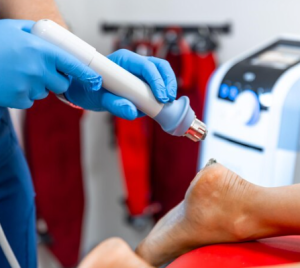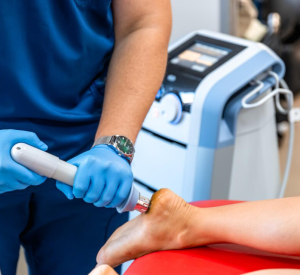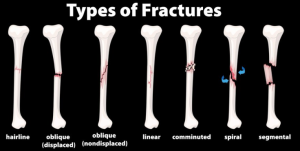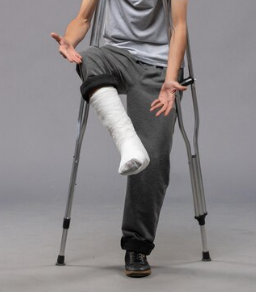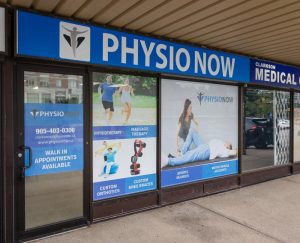What is shockwave therapy?
Shockwave therapy is also known as extracorporeal shockwave therapy. It is a treatment which uses low energy acoustic wave pulsations. The modalities can be directly applied to the area of injury using a gel as a medium. Lately, it is becoming one of the common treatment modalities seen in physiotherapy clinics.
Why is shockwave therapy used?
Importantly, shockwave can be beneficial in treating many musculoskeletal conditions, especially chronic ones. Firstly, it is used to stimulate the body’s natural healing process. Additionally, it can help you to decrease your pain levels by stimulating the nerves around an injured area. Also, the therapy increases blood circulation to the area and can also accelerate protein synthesis, cell growth, and break down stubborn calcium deposits in tissues.
How does shockwave therapy work?
The machine generates shockwaves, which is mechanical energy, throughout the tissue. Consequently, this stimulates a chain reaction or response in the cells which promotes tissue regeneration. The mechanism of action is quite complex as it happens at the cellular level but overall, results in a positive healing response and pain relief effect for the body. The shockwave therapy machine includes different interchangeable heads with different penetration capacity.
What type of injuries can be treated?
Shockwave was initially used to disintegrate renal stones in the 1980s. From there, it was discovered to be effective at treating bone spurs and calcified tissues. The following are a list of injuries that are most commonly treated by shockwave. Even if your injury is not on this list, shockwave may still be an option for you!
- Planter fasciitis
- Patellar tendinopathy
- Upper extremities tendinopathy
- Lower extremities tendinopathy
- Tennis elbow
- Golfers elbow
- Hamstring injuries
- Achilles tendinopathy
- Rotator cuff injuries
- Sports injuries
When to avoid it:
Shockwave therapy should not be used if you have the following conditions:
- Active cancer
- Pregnancy
- Open wound
- Infection
- Pacemaker
- Blood clotting disorders
Is it painful?
Usually, most patient do not find it painful, but they may feel some kind of discomfort during the application of it. Discomfort also tends to vary based on the area of treatment, with some being more sensitive than others. After the treatment, patient might feel some soreness and notice some redness around the treatment area. However, this is perfectly normal and will go away within a couple of days.
What does a treatment look like?
During your visit the physiotherapist will check your appropriateness for shockwave therapy. Firstly, they will conduct an assessment to rule out any contraindications and precautions for your injury and other overlapping conditions. The one session for therapy is usually between 10-15 mins, depending on the area and condition. Oftentimes, patient feels the difference in their symptoms with just a few sessions, some even immediately after treatment! Usually, your therapist will start with lower intensities and will gradually increase it with respect to your pain tolerance. Our goal is to ensure each patient is comfortable and knows what to expect with treatment. Additionally, shock wave therapy is used alongside other physiotherapy treatments like manual therapy and therapeutic exercises to get the best results.
Need help or more information?
If you are interested in receiving shockwave therapy or want to learn more about it, please contact us at PhysioNow. Fortunately, we have many experienced physiotherapists across Burlington, Oakville, Mississauga and Etobicoke who would love to answer your questions. Currently, shockwave therapy is available at our Applewood location located just off the QEW at the Cawthra exit!
